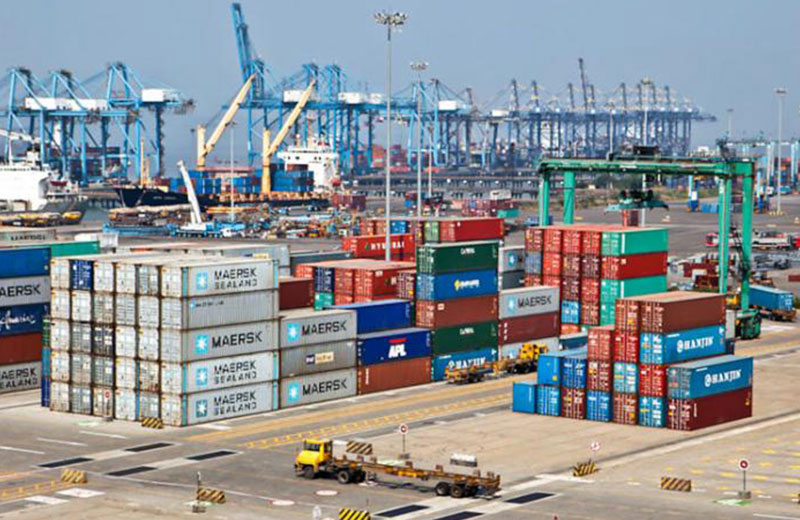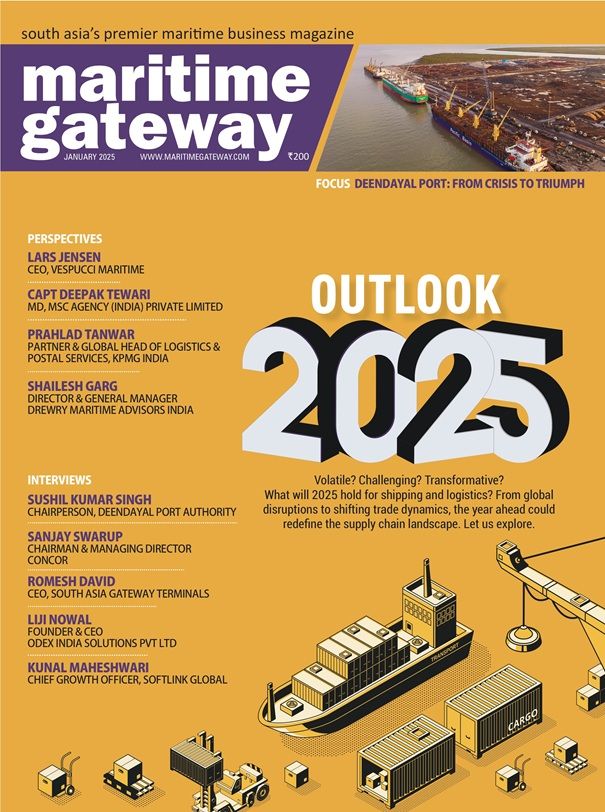[vc_row][vc_column][vc_column_text]
Five of the 12 ports owned by the Union government have recently won large rate hikes from the rate regulator, some in excess of 100%, after putting up with low rates for many years.
The increase has set the stage for these ports to adopt a dynamic pricing policy based on market conditions to stem diversion of cargo and compete effectively with private ports that already have full freedom to set rates.
Visakhapatnam, Kandla, Mumbai, New Mangalore and Cochin ports have benefitted from a 2015 tariff determination policy for major port trusts (not applicable to private firms running cargo terminals there) that allows them to set rates for different services to the extent needed for meeting their annual revenue requirement (ARR).
Earlier, the rates were set on a cost-plus model wherein the tariff was worked out by adding a 16% return on capital employed (ROCE) to the actual operating costs which, according to experts, allowed cost inefficiency and redundancy to seep into rate computations.
The rate revision applications filed by the remaining six state-owned ports are currently being scrutinized by the rate regulator. Kamarajar Port Ltd, the only state-owned port that is run as a company, is outside the ambit of the new rate policy.
The ARR will be the average of actual expenditure for the past three years plus 16% return on capital employed that includes capital work in progress.
“Based on the ARR, major port trusts will have the flexibility to determine rates to respond to market forces on its commercial judgment within the ceiling of ARR,” according to the new policy framed by the shipping ministry in 2015.
On 10 August, the Tariff Authority for Major Ports (TAMP) notified new rates for Visakhapatnam Port Trust that includes a 40% raise in port dues, 30% in pilotage and 100% in berth hire charges (together called vessel related charges paid by ships calling at the port) and 50% hike in wharfage charges and 300% hike in ground rent (termed as cargo related charges paid by exporters and importers) over the existing rates.
By adopting the new rate policy, Kandla Port Trust, India’s biggest state-owned cargo handler by volume, secured an average rate hike of 37% over existing rates that took effect from 11 August. Kandla which became the first state-owned port to handle 100 million tonnes (mt) of cargo in the year ended March 2016, had one of the lowest rates among Indian ports.
Mumbai Port Trust won a rate hike of 10% in vessel related charges and 13% in cargo related charges and the new rates will come into force from Friday, a spokesman for the Port Trust said.
New Mangalore Port Trust was granted a rate hike of 132% in port dues while all the other rates have been increased by 33%.
All the five port trusts have increased rates in accordance with the regulator’s orders, but says they are now empowered by the new rate policy to play around with the rates to check diversion, attract new cargo and compete with private ports located nearby.
“Unless we get approval for a higher rate from TAMP, we will not be able to have any dynamic pricing,” says M.T. Krishna Babu, chairman of Visakhapatnam Port Trust, once India’s biggest cargo handler which lost large chunks of cargo to nearby Gangavaram Port Ltd, a private port just 10km away that started operations in 2008. Vizag handled 57 mt of cargo in 2015-16, down from 67 mt in 2011-12.
“This gives us the flexibility where we can increase, decrease or balance the rates. We have increased rates in areas where the importer and exporter do not face direct difficulty,” says Babu.
While changing the rates, the major port trusts will have to ensure that there will not be loss of traffic. The responsibility of ensuring this would rest with the chairmen of the major port trusts, the shipping ministry wrote in the new policy.
Babu said that private ports are playing on certain rates such as pilotage, berth hire and wharfage where they are “getting away without getting hurt even after charging exorbitant rates from customers. Some of the assets at major ports have depreciated to a great extent, which according to the earlier method of computing rates, prevented them from charging customers even when there was a scope.
“For instance, the berth hire charges at Gangavaram are about five times that of Vizag. Gangavaram’s berth hire rates are in the range of Rs.6 to Rs.7.5 lakh whereas it is about Rs.50,000 to Rs.75,000 at Vizag. We have a margin to increase the berth hire charges at Vizag without affecting the exporters and importers. But, there is very little scope to increase rates on some other items,” Babu said.
In the last rate revision in 2011, Vizag failed to secure a raise in cargo handling charges from TAMP, but managed a 5% hike in vessel related charges.
“The competition will now be fair between major port and private ports,” said a port industry consultant on condition of anonymity.
The rates set by the major port trusts henceforth will be valid for three years and automatically fully indexed to the wholesale price index (WPI), a measure of costs, every year.
However, the annual indexation of rates to WPI will be linked to achievement of performance standards committed by the port trusts. If a port trust does not fulfil the performance standard, no indexation would be allowed during the subsequent year.
[/vc_column_text][/vc_column][/vc_row]






